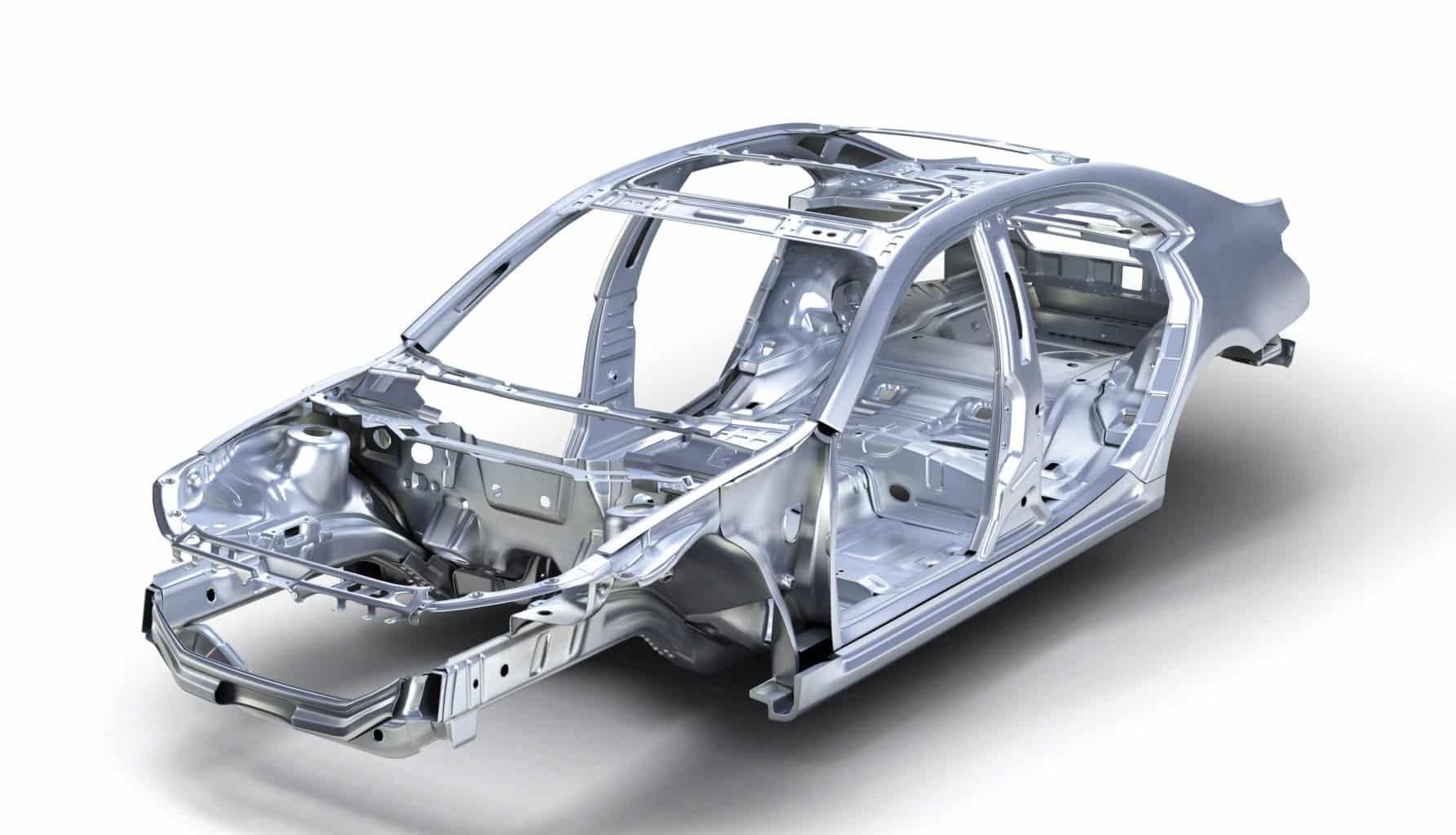Hydroforming uses water pressure to shape sheet metal into complex 3D parts for cars. It allows for weight reduction while increasing strength, which is vital for lightweight vehicles. The process uses fewer assembly parts and results in more robust structures with tighter tolerances.
Hydroformed auto parts are lighter yet sturdier than conventionally produced body panels. They aid in fuel efficiency by significantly reducing vehicle weight. Hydroforming provides designers with freedom to create complex contours that can strengthen areas prone to impact. The growing need for lightweight vehicles among consumers is a major factor boosting demand. Strict emission regulations further compel automakers to adopt advanced manufacturing techniques. Hydroforming meets the dual objectives of low weight and high rigidity.
Global Automotive Hydroformed Parts Market is estimated to be valued at US$ 14.85 Bn in 2024 and is expected to exhibit a CAGR of 7.7% over the forecast period of 2024 to 2030.
Key Takeaways
Key players operating in The Automotive Hydroformed Parts are EVERLIGHT ELECTRONICS CO. LTD., First Edmund Optics Inc., Harting Technology, KYOTO SEMICONDUCTOR Co., Ltd., OSRAM International GmbH., ROHM CO., LTD., Sensors AG, Thorlabs, Inc., TT Electronics, and Vishay Intertechnology, Inc. The growing demand for fuel-efficient and lightweight vehicles is propelling the need for hydroformed auto components. Hydroforming allows for reduced vehicle weight without compromising on strength. Technological advancements are enabling the forming of complex 3D geometries through hydroforming.
Market Trends
Increased adoption of aluminum and magnesium alloys - Automakers are increasingly using lightweight aluminum and magnesium alloys for hydroforming instead of heavier steel. This enables further weight reduction.
Integration of IIoT and digital technologies - The application of industrial IoT, AI, and 3D digital models are helping optimize the hydroforming process. This improves design capabilities and reduces wastage.
Market Opportunities
Growing electric vehicles market - The demand for batteries and lightweight vehicles makes hydroforming an attractive proposition for EV manufacturers striving to maximize range per charge.
Replacing steel intensive auto chassis - Hydroforming technology supports the shift to body-in-white construction by facilitating the manufacture of fully-integrated, all-aluminum chassis that are 30-50% lighter than conventional steel designs.
Impact of COVID-19 on Automotive Hydroformed Parts Market:
The COVID-19 pandemic significantly impacted the growth of the automotive hydroformed parts market. During the initial lockdown phases declared globally, automotive production came to a standstill resulting in reduced demand for automotive components including hydroformed parts. As hydroforming is a progressive manufacturing process used to produce complex parts for vehicles, decline in automobile manufacturing hampered the market growth. However, post lockdowns governments across regions offered incentives and subsidies to reboot the automobile industry. As economic activities resumed gradually, automakers ramped up production supported by healthy order books which boosted demand for automotive systems and parts like hydroformed components. But supply chain disruptions caused by regional lockdowns continued affecting the market. Going forward, as vaccination drives progress worldwide, the market is expected to witness steady recovery backed by revival of automobile manufacturing and sales. Automakers are also focusing on developing lightweight vehicle designs using advanced materials to improve fuel efficiency which will drive future adoption of hydroformed auto parts.
North America has traditionally been the largest regional market for automotive hydroformed parts accounting for over 35% of global value share. Presence of major automakers, suppliers and strong consumption of passenger and commercial vehicles in the US and Canada supports market concentration in the region. However, Asia Pacific is emerging as the fastest growing regional market attributed to expanding automobile manufacturing hub in China, India, Thailand and Indonesia. Countries like China, India and South Korea are witnessing largest automotive production growth annually which is propelling the demand for hydroforming technology and parts in the Asia Pacific region. Furthermore, development of local supply networks by OEMs and increasing investments by hydroforming equipment providers are supplementing the market expansion.
Get more insights on Automotive Hydroformed Parts Market
